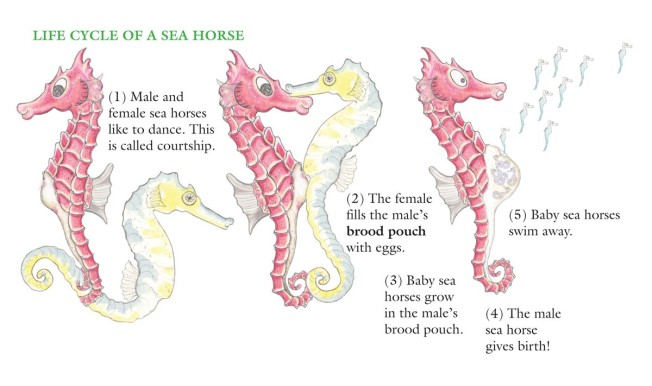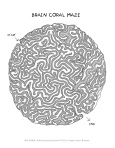Mrs. Daniel’s 4th grade class at Nolan Elementary in Signal Mountain, Tennessee gave me a wonderful set of pictures based on my books. Here is a sample of their work from “Sea Horse, run!”.
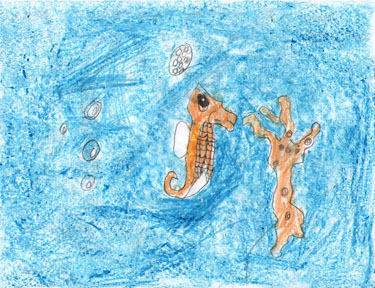
Keegan drew the above picture of Sea Horse. His question on the back of the picture reads: “How did sea horse hear coral, a plant, singing to him?”
Great question, Keegan! Coral is not a plant. Coral looks like a plant, but she is actually a group of tiny animals. A choir or chorus is an organized group of singers, and since Coral is an organized cluster of tiny animals, I thought she ought to sing like a choir.
Learn more about why Coral sings in the story by reading Coral as Greek Chorus or click on a question below to learn more about corals:
What is a coral polyp?
How do polyps eat?
How are corals named?
Why are corals important to sea horses?
Do coral polyps have eyes?
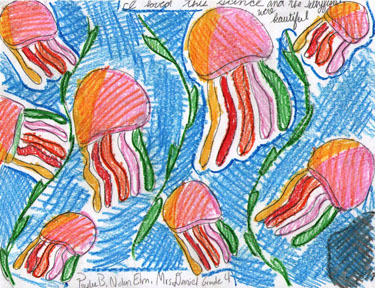
Preslee likes my jellyfish. I like Preslee’s jellies (above), too!
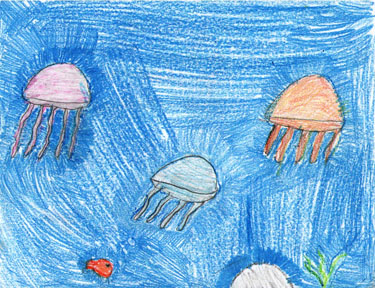
Nick also drew jellies (above). Nick asks, “Why did you pick jellyfish for the dedication page?”
Jellyfish are a symbol for acceptance, so the appearance of jellyfish before the story even begins foreshadows or predicts that acceptance will be an important theme in the story. The poor Sea Dragon is misunderstood! Sea Horse learns to ignore gossip and accept Sea Dragon for who he really is.
